About
NAACLS is committed to being the premier accreditation agency for ensuring the advancement of education in clinical laboratory sciences and related health care disciplines provided by domestic and international programs.
What is the difference? Certification versus Accreditation
Our Vision and Values
Vision Statement
Medical laboratories preferentially seek graduates of NAACLS programs to assure quality, value, innovation and safety for healthcare consumers.
Values
- Quality
- Education
- Innovation
- Peer Review
- Collaboration
- Global Accreditation
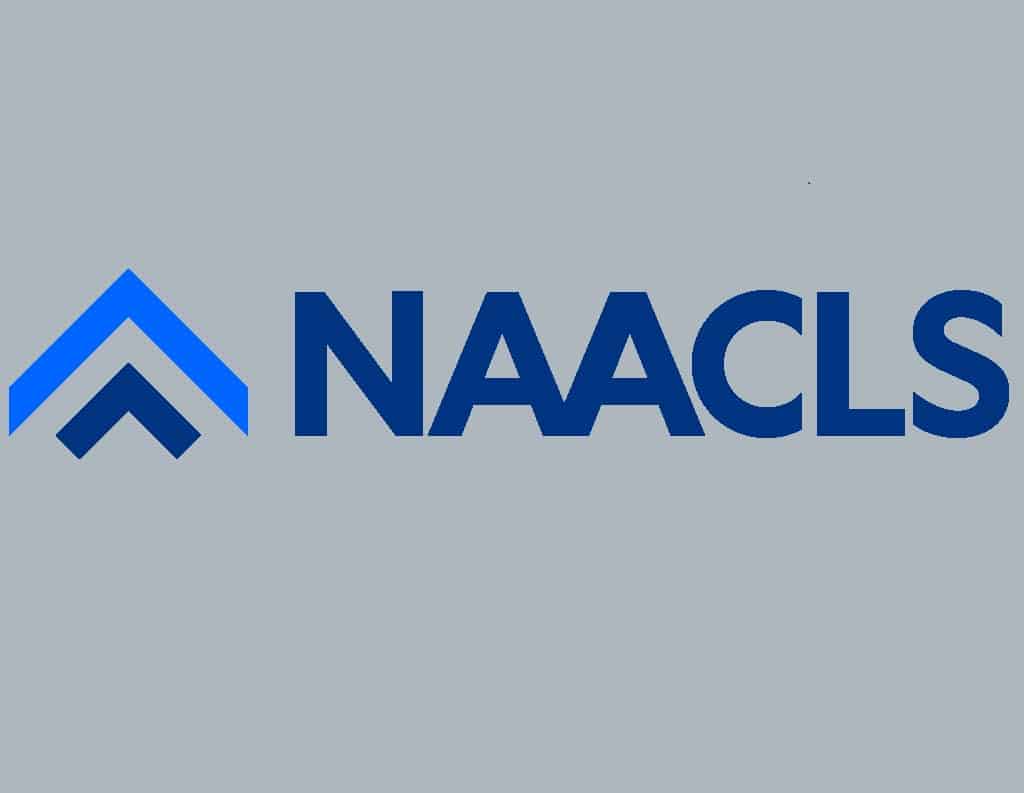
NAACLS Accreditation
A process of external peer review in which NAACLS grants public recognition to education programs that meet established education standards in clinical laboratory science disciplines of Biomedical Science (BMS), Cytogenetic Technologist (CG), Diagnostic Molecular Scientist (DMS), Doctoral Clinical Laboratory Scientist (DCLS), Histotechnician (HT), Histotechnologist (HTL), Medical Laboratory Assistant (MLA), Medical Laboratory Microbiology (MLM), Medical Laboratory Scientist (MLS), Medical Laboratory Technician (MLT), Pathologists’ Assistant (Path A), Phlebotomist (PBT), and Public Health Microbiology (PHM). All accredited programs are required to submit a self-study and host a site visit in the cyclical review process. Accredited programs are eligible for a maximum award of ten years. Programs must either grant the associate degree or higher or a certificate of completion (if students already hold a degree) upon the successful culmination. The NAACLS Accreditation process is recognized by the Council for Higher Education Accreditation (CHEA).
International (non-USA) Accreditation Policy
The NAACLS Board of Directors voted to open the accreditation process to laboratory programs located outside the United States of America. Such programs are invited to have the Chief Executive Officer submit a letter of intent to seek NAACLS Accreditation. All materials sent to NAACLS regarding accreditation must be submitted in English.
The steps of the accreditation process for international programs are identical to the steps for USA programs and are found in the Guide to Accreditation. These include an application for accreditation, attainment of Serious Applicant Status, submission of a self-study document, and an on-site evaluation.
The program is expected to meet the Standards as defined by NAACLS. The sponsoring academic institution must be accredited by a regional or national accrediting agency for higher education and must be authorized under applicable law to provide post-secondary education and grant the appropriate degree.
The program is expected to pay the application fee, all costs associated with the on-site visit (including business class airfare), and annual accreditation fees.
For more information on starting a non-USA accredited program, please visit this page: International Accreditation Policy
Committees
About Programs Accreditation Review Committee
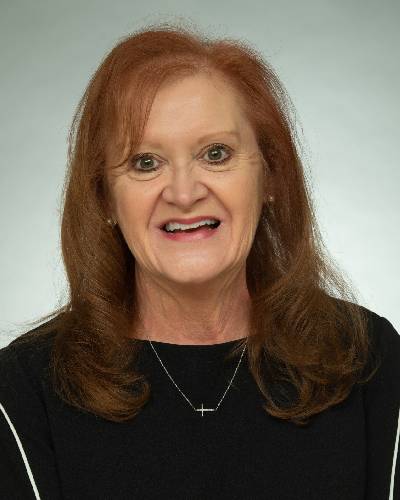
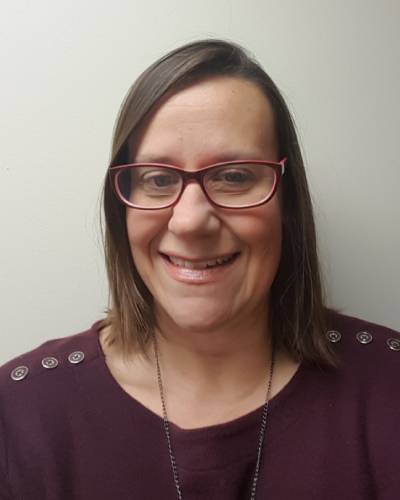
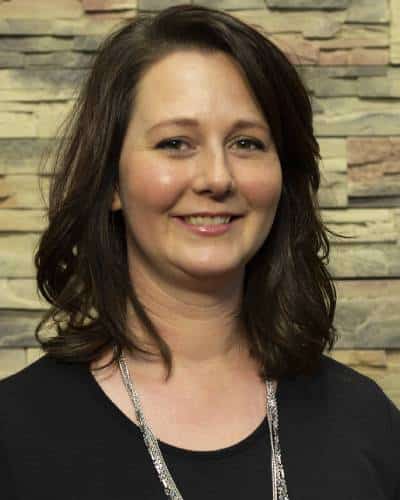
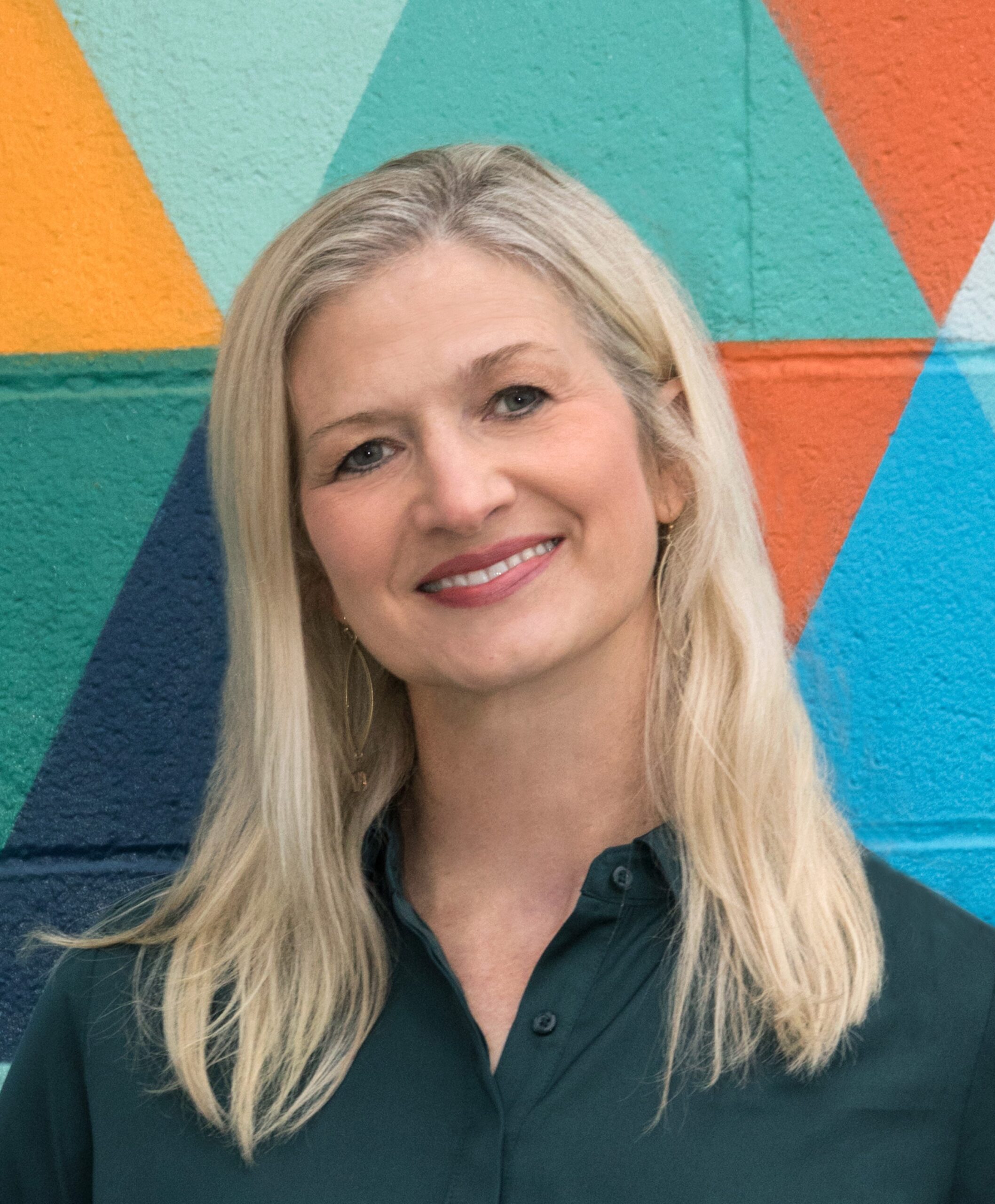

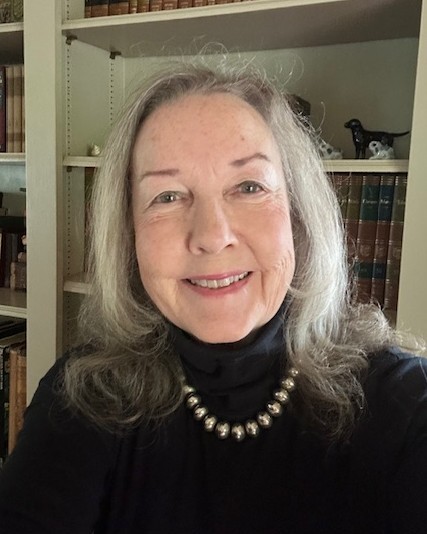
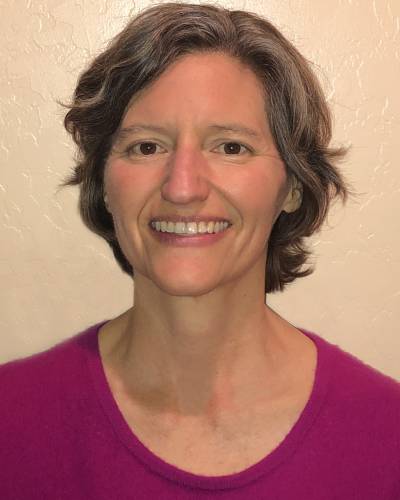
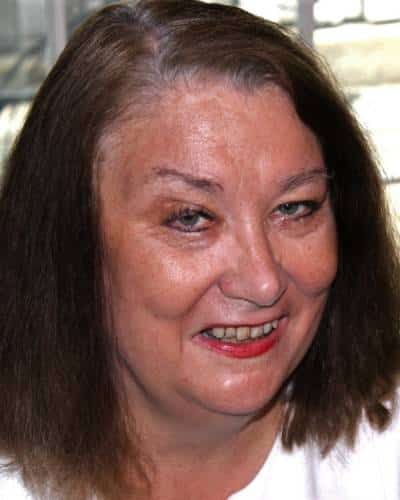
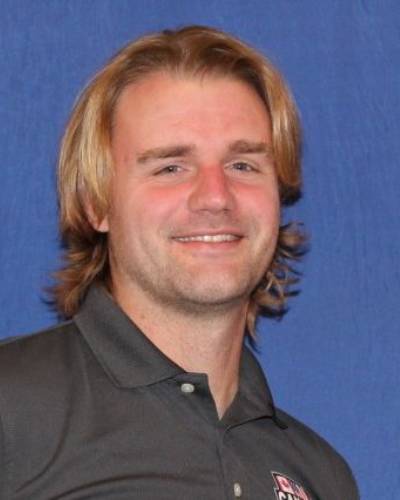
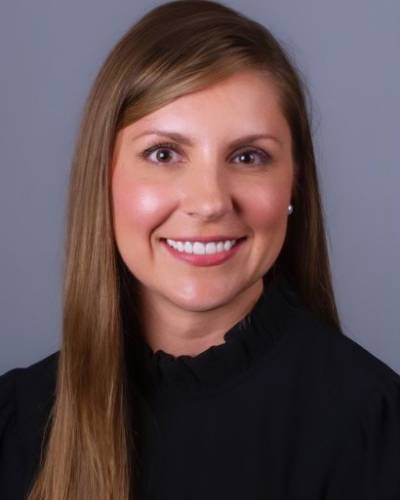
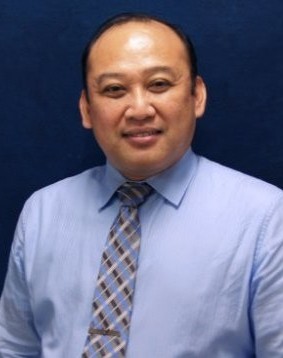

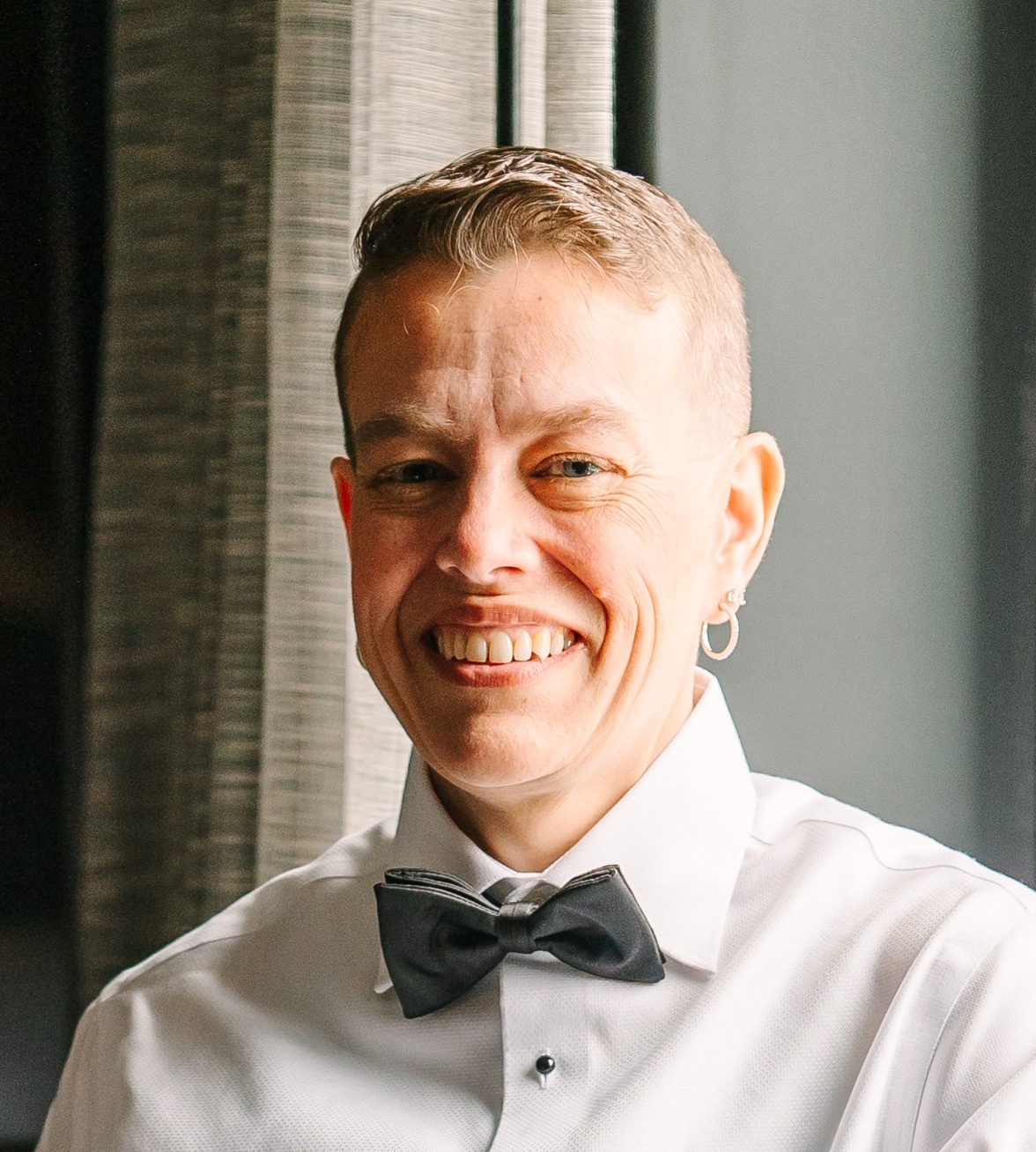
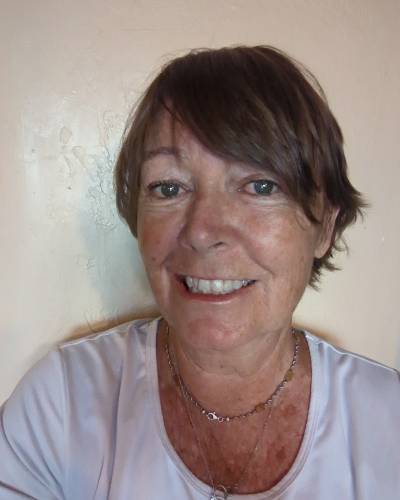
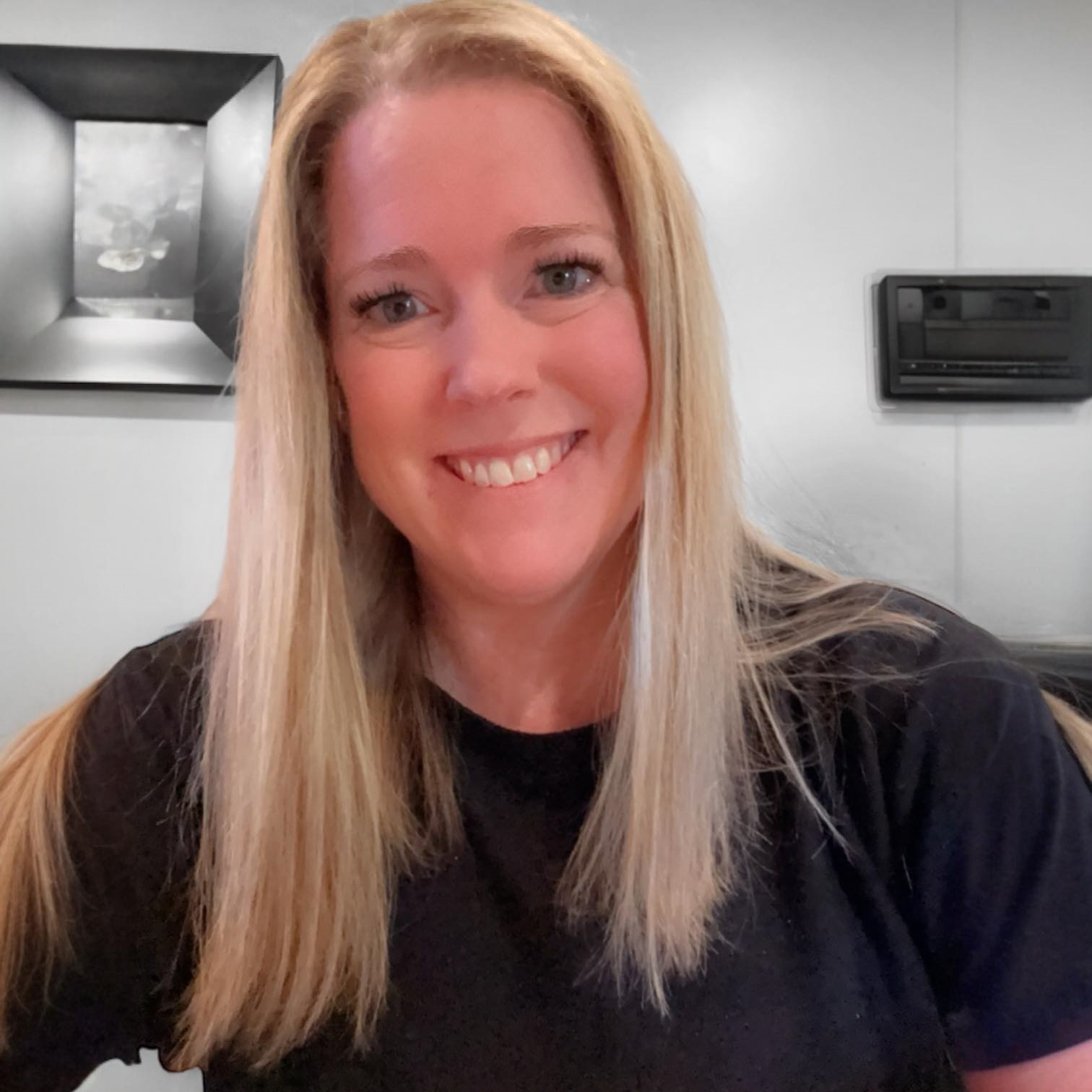


About Doctoral Review Committee
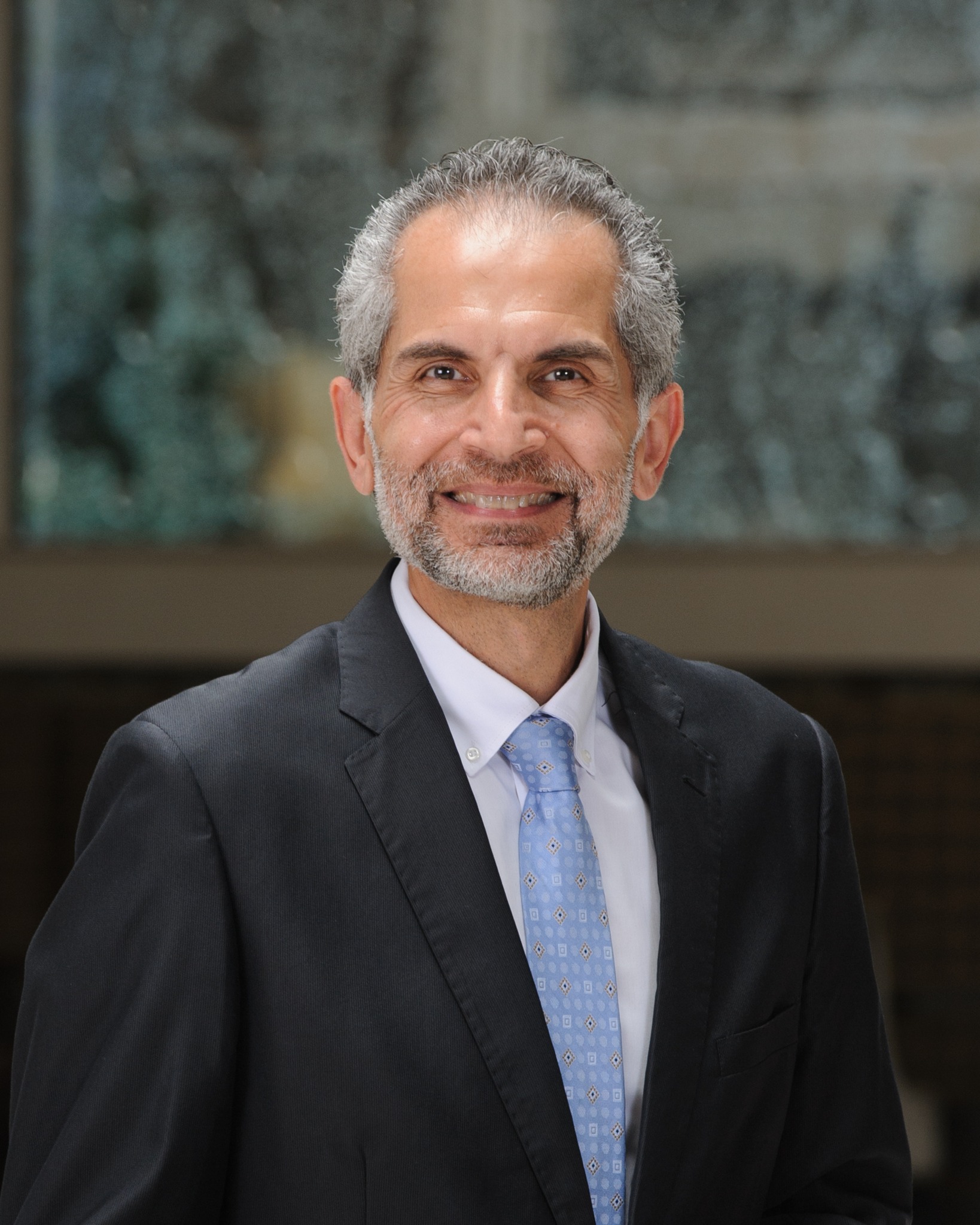
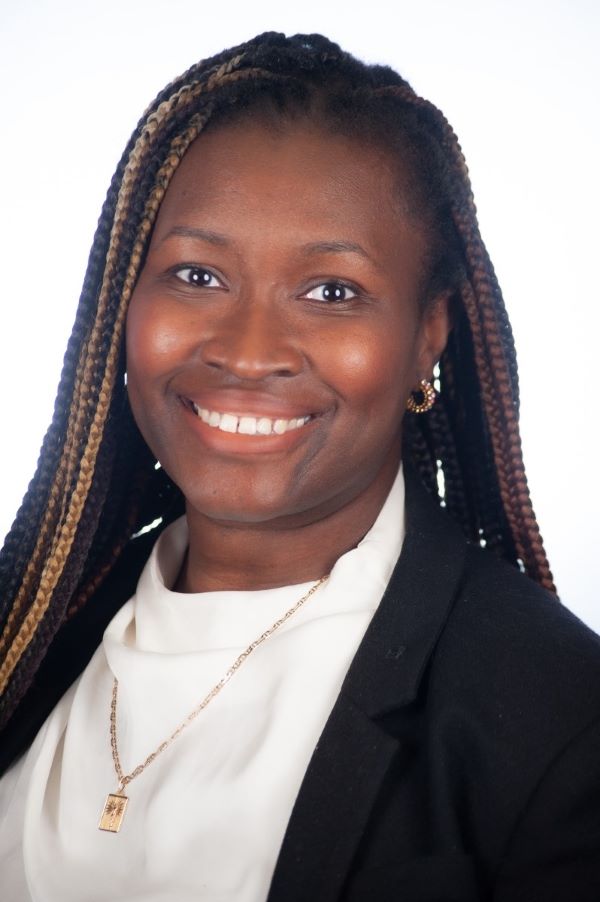
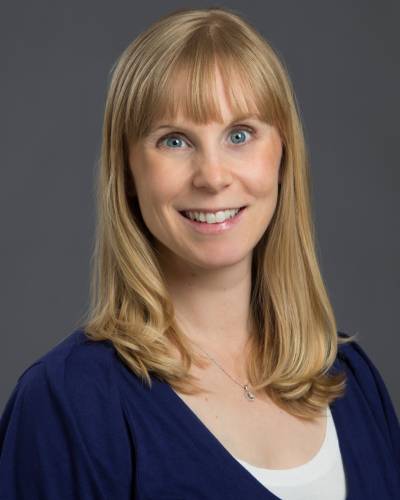
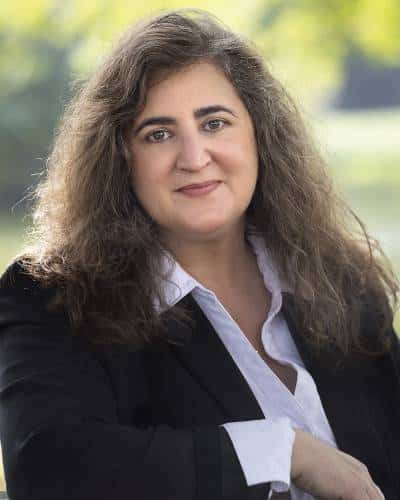
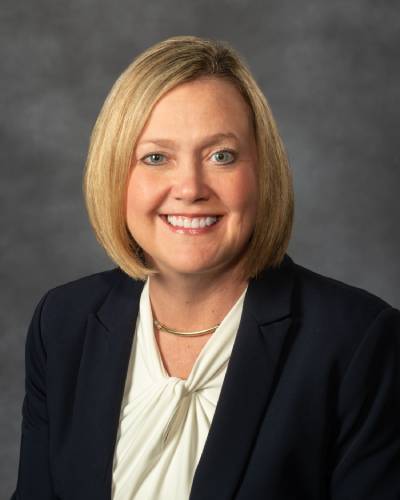
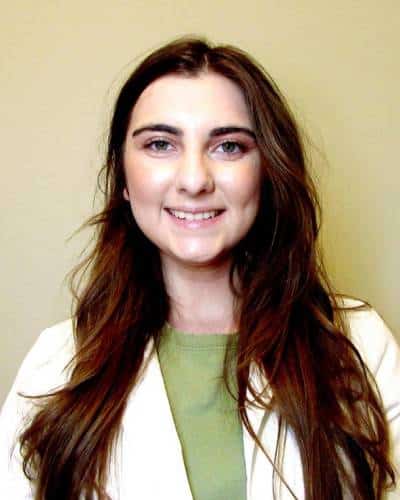

About Review Committee for Accredited Programs
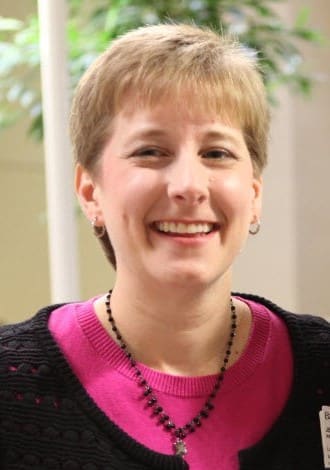
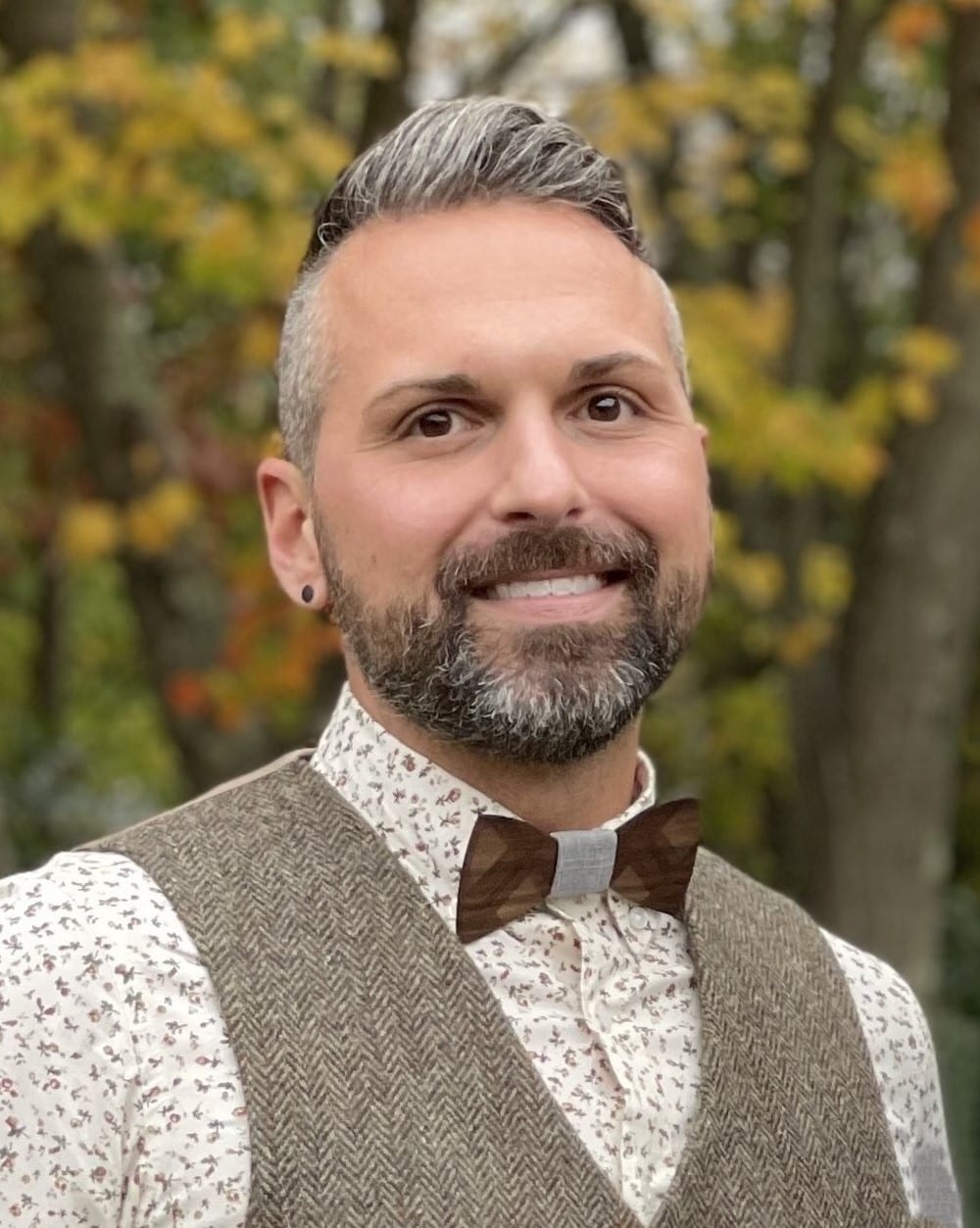
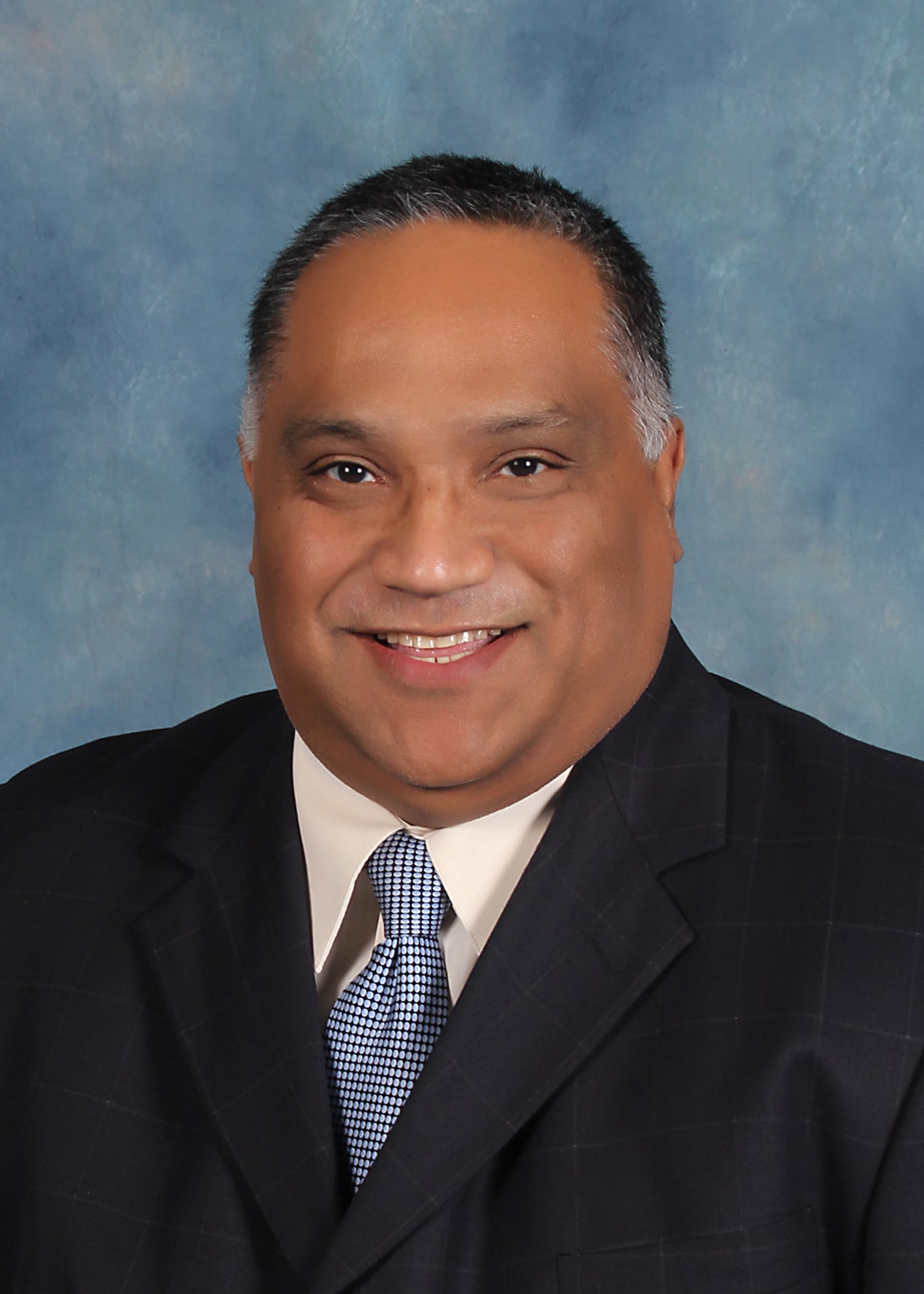
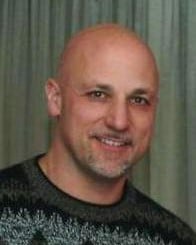
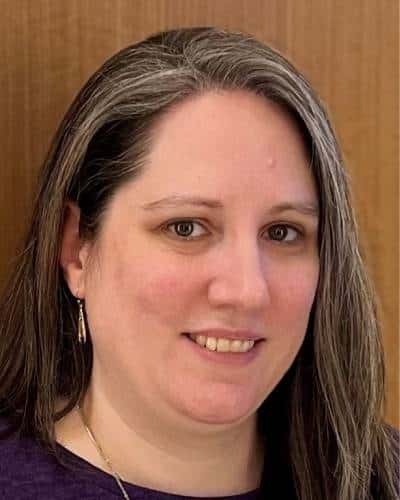
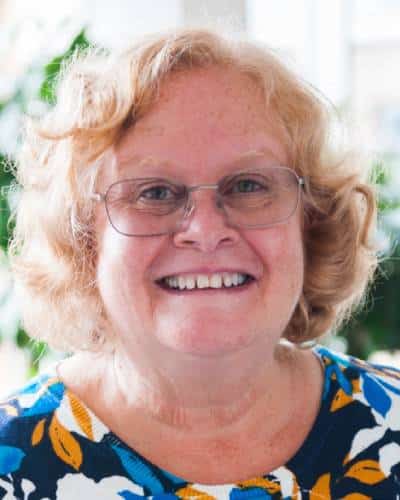
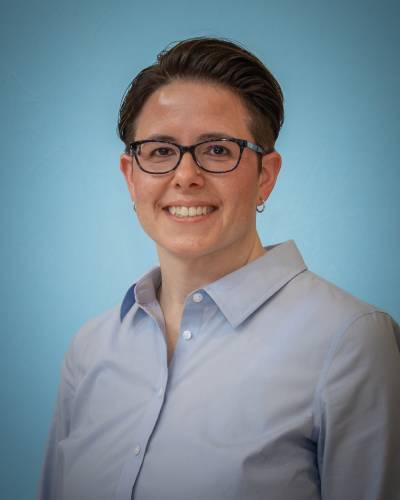
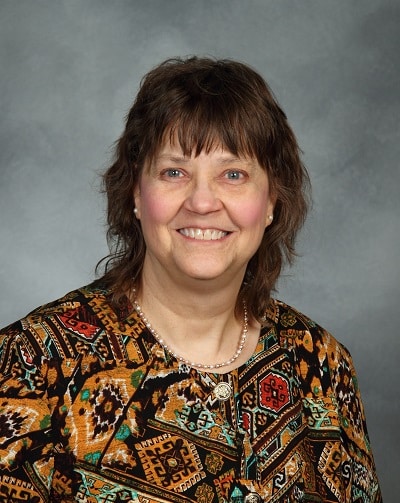
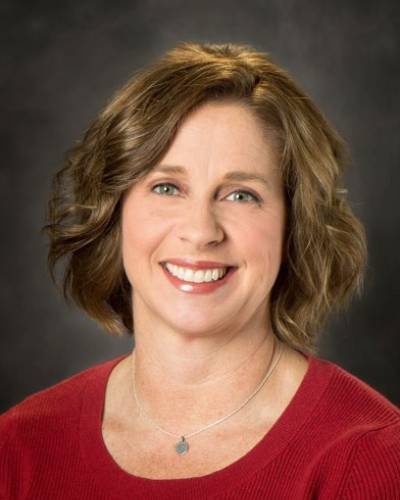
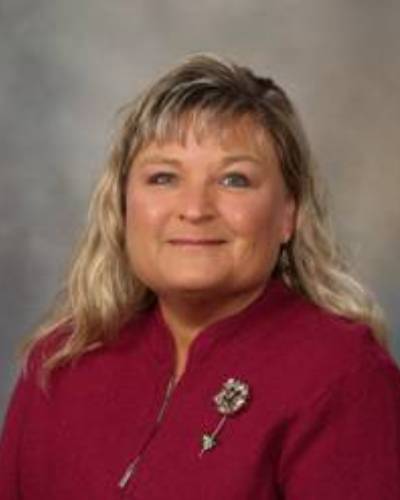
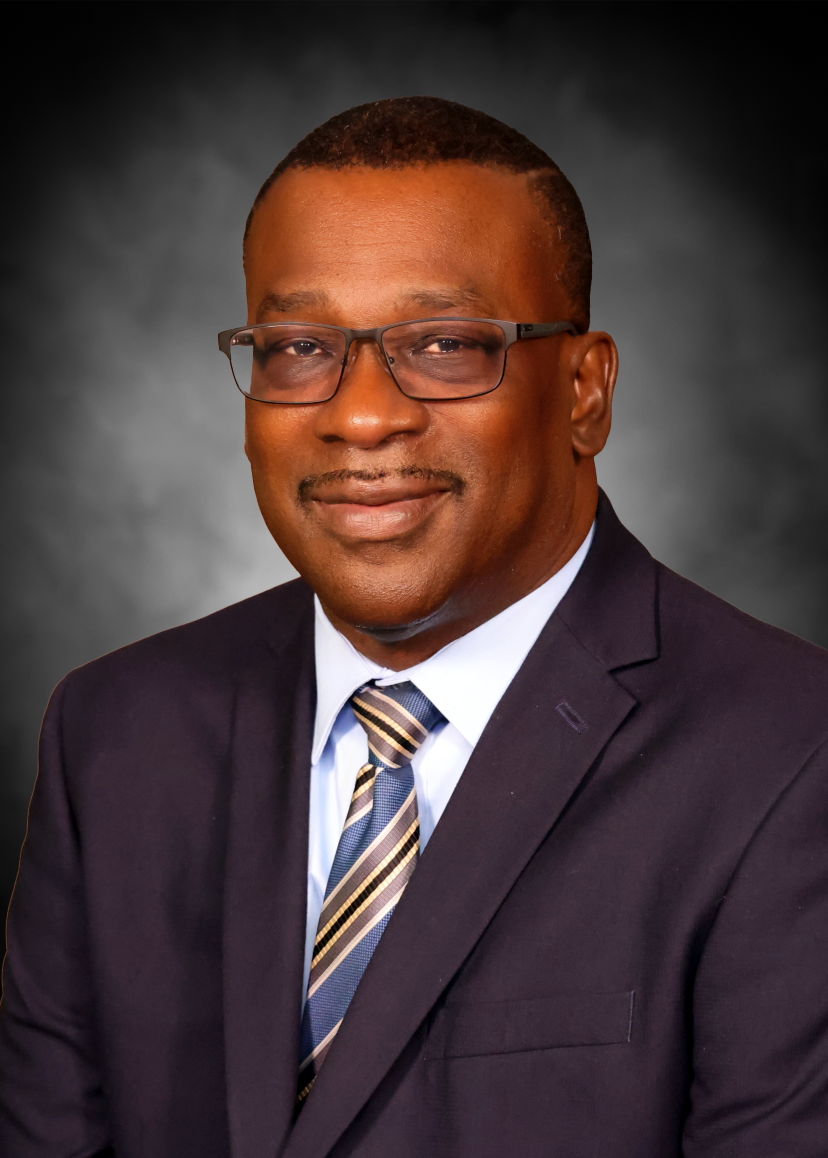
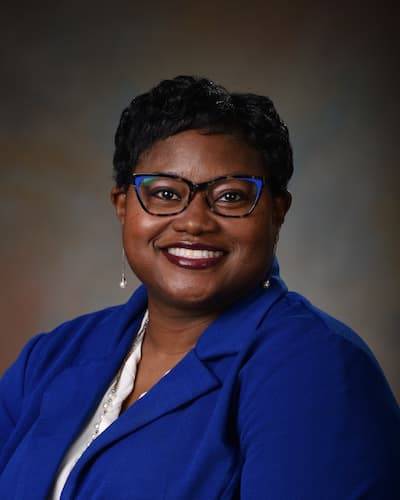

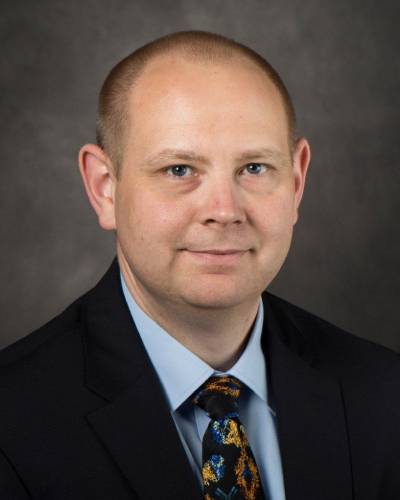
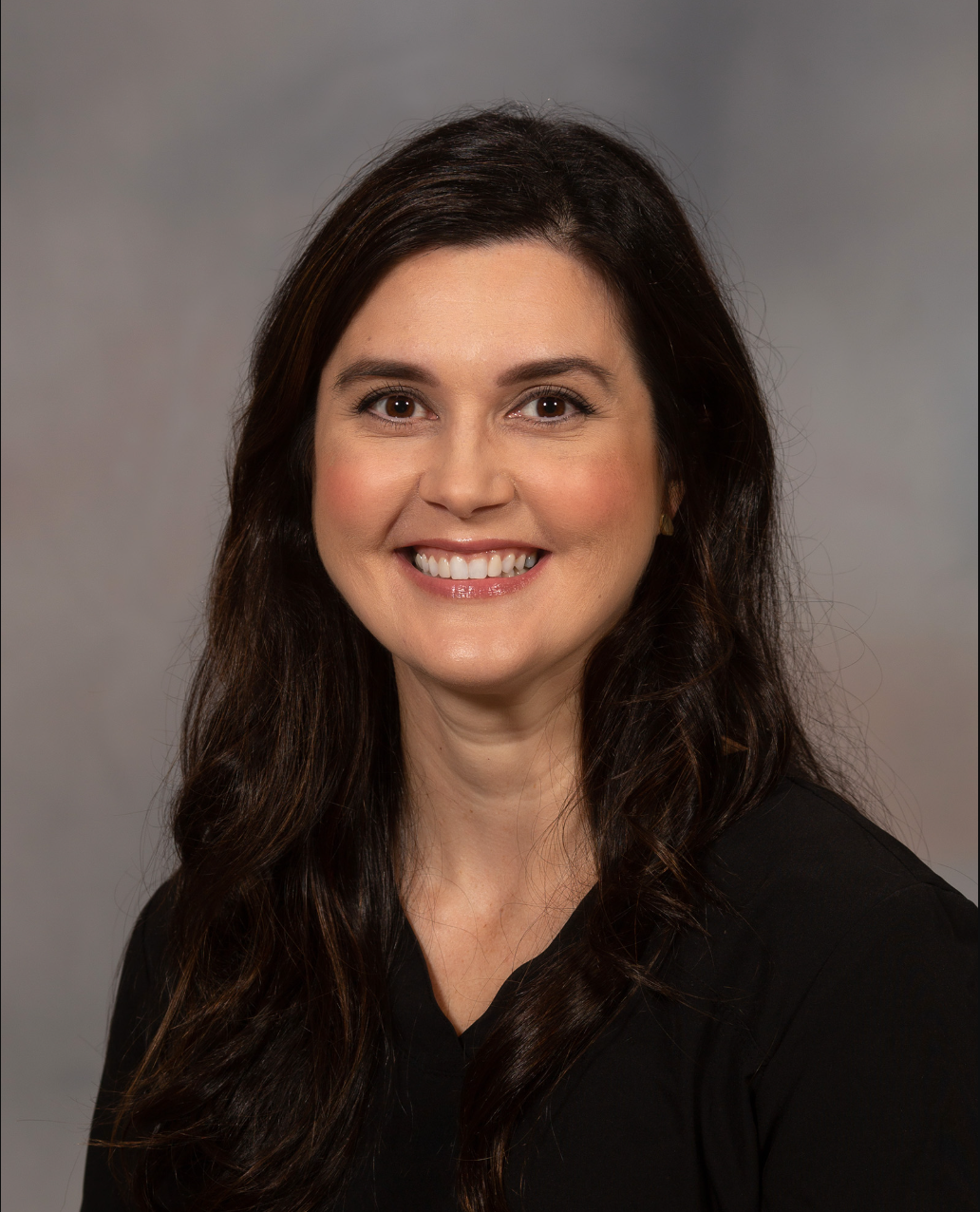
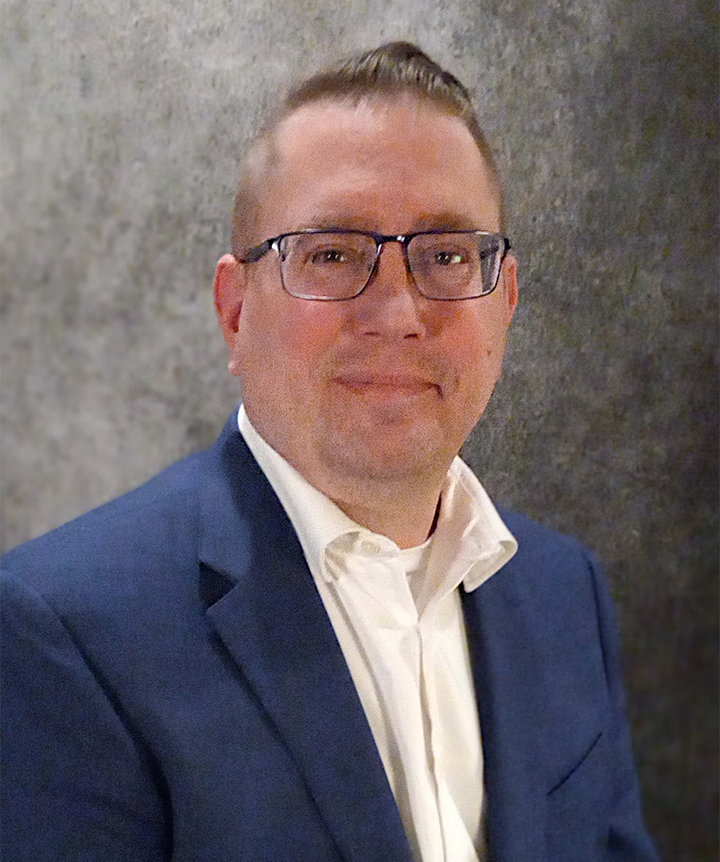
About Board of Directors

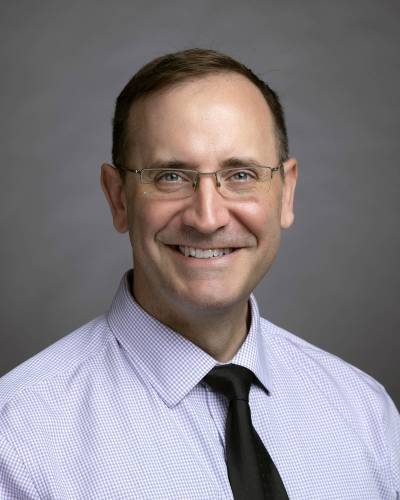
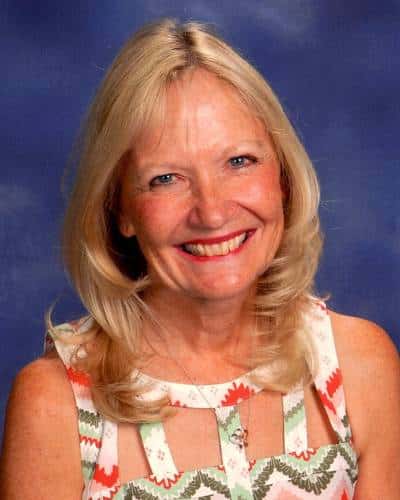
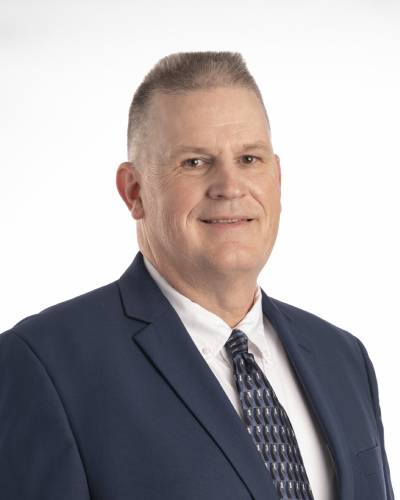
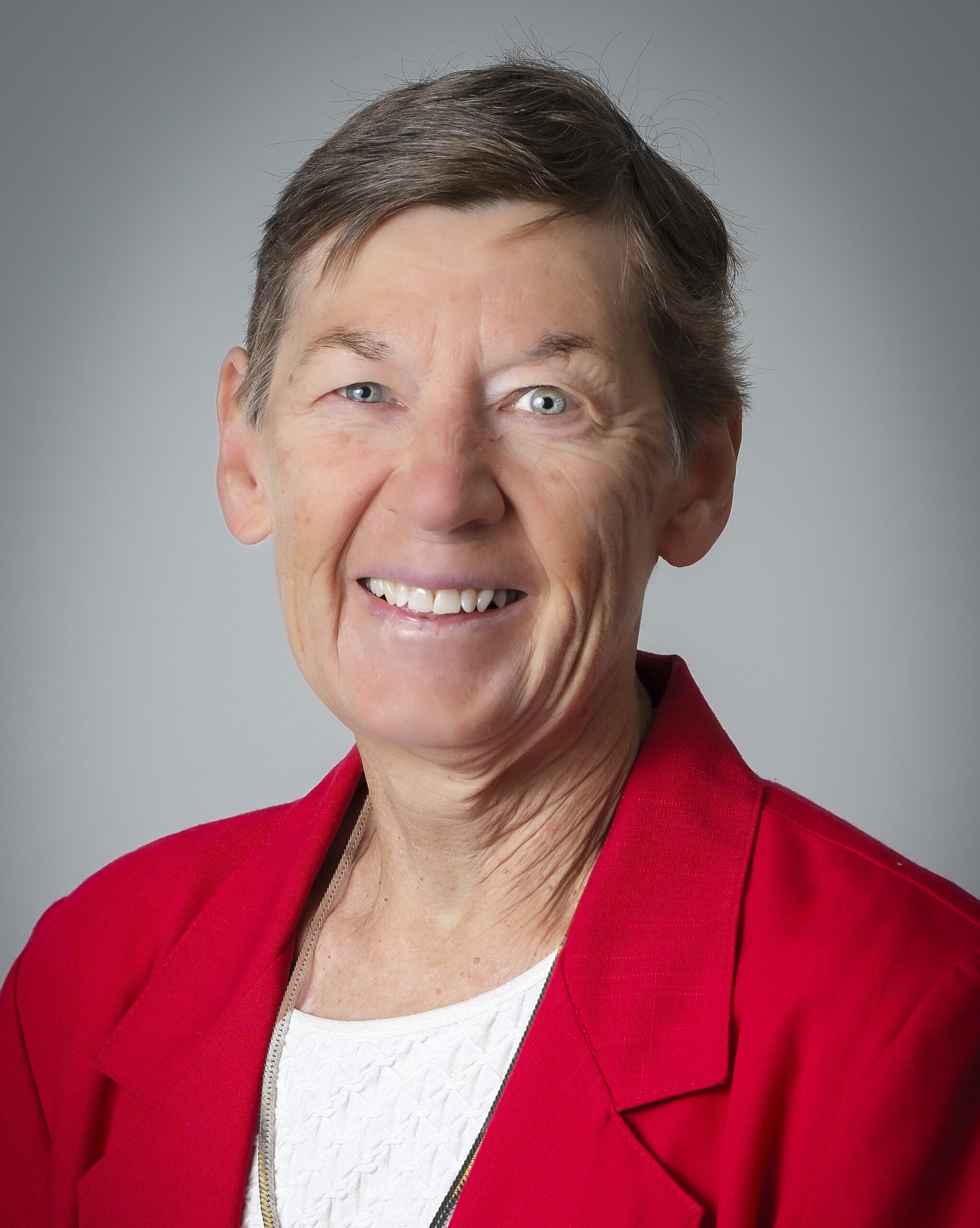
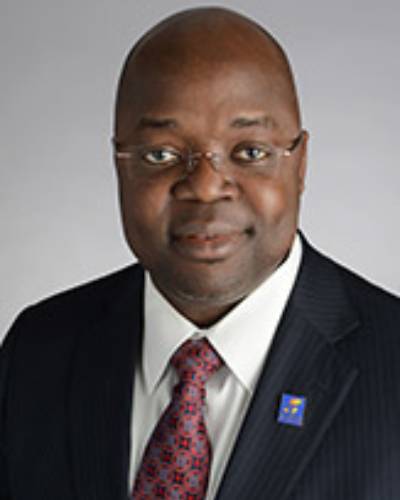

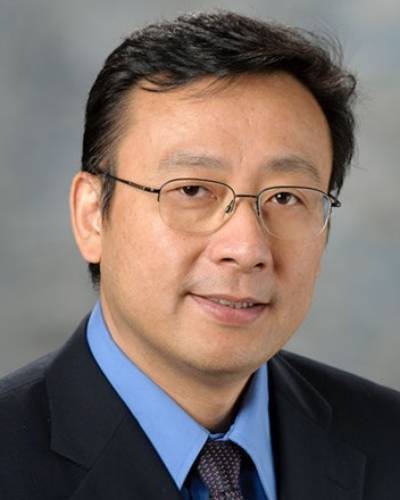


About NAACLS Staff
NAACLS Executive Office Staff

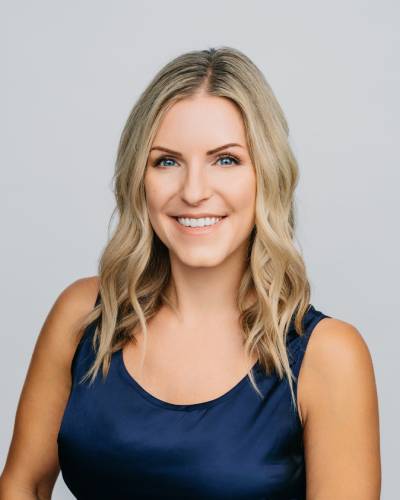
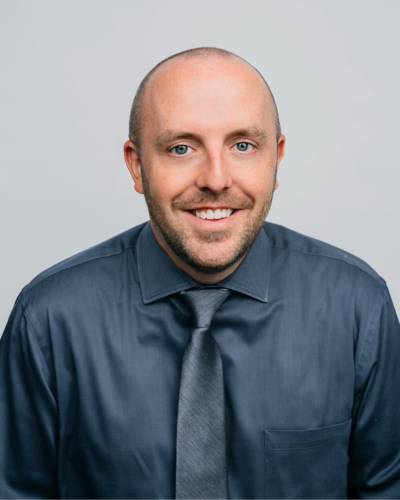
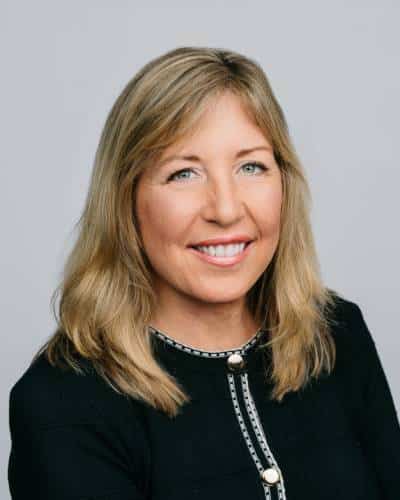
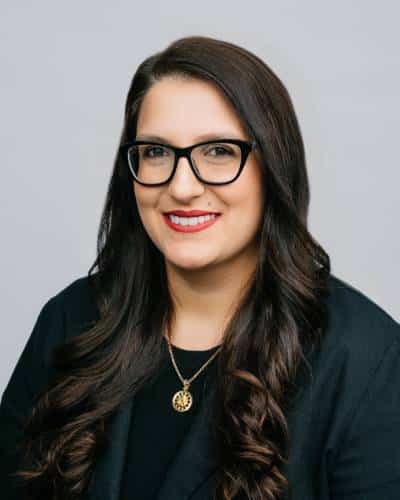
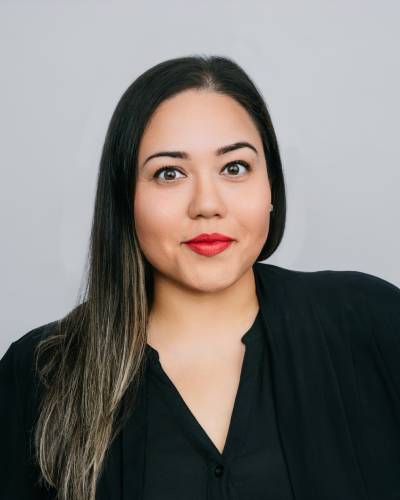
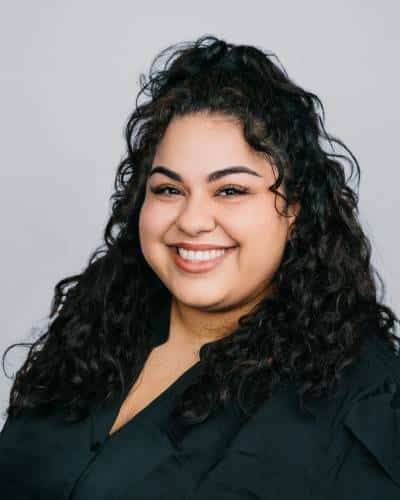
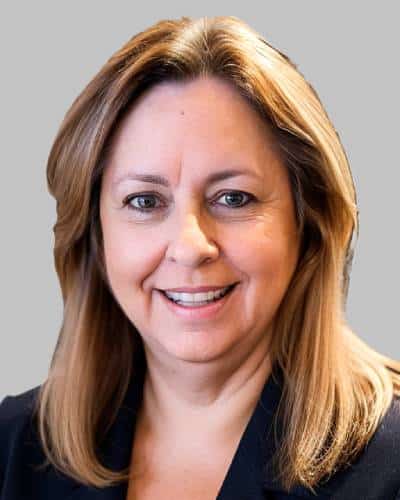
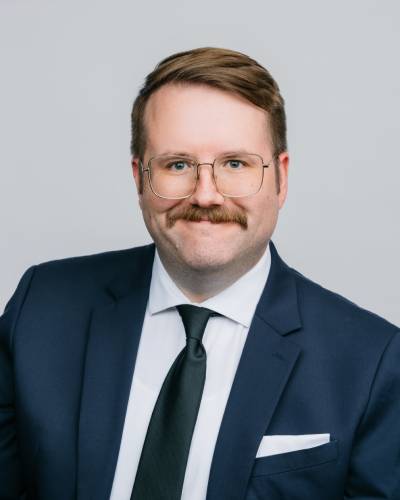
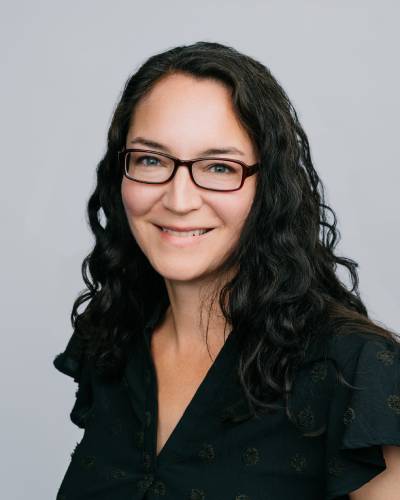
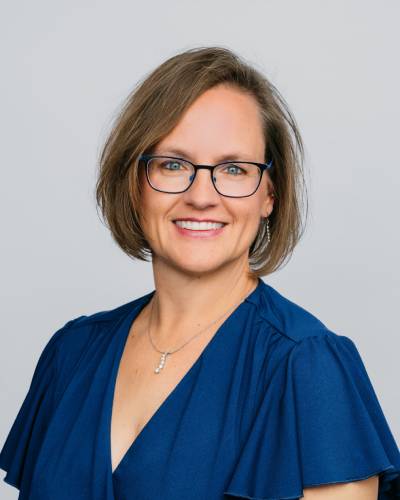
Commitment to Inclusion, Diversity, Equity and Access
NAACLS is committed to advancing Inclusion, Diversity, Equity, and Access (IDEA) within the laboratory science community. Fostering a culture of respect, equity, and belongingness, NAACLS celebrates differences in race, ethnicity, age, sex/gender identity, culture, ability, beliefs, and socioeconomic status. The dedication to equity ensures fair educational practices, promotes inclusivity in NAACLS accredited programs, and encourages access to educational resources for all.
INCLUSION:
Promoting a culture of respect, equity, and belonging for all members of the NAACLS community, including students, faculty, professionals, and patients.
Diversity:
Recognizing and appreciating differences among people and their perspectives, including but not limited to dimensions of race, ethnicity, age, sex/gender identity, culture, ability, religious beliefs, political beliefs, familial status, educational background, occupation, and socioeconomic status.
EQUITY:
Ensuring fair, equitable, and just educational practices and policies that impact the achievement of successful student outcomes.
ACCESS:
Promoting access to NAACLS accredited program offerings and educational resources. This is characterized by behaviors and activities where all people feel welcome and able to participate, regardless of background or identity.
For over five decades, the National Accrediting Agency for Clinical Laboratory Sciences (NAACLS) has stood as the premier authority in laboratory science education accreditation. Our story is one of innovation, collaboration, and unwavering commitment to educational excellence.
Our Foundation: Built on Trust and Expertise
When NAACLS emerged in 1973, the American Society for Clinical Laboratory Science (ASCLS) and the American Society for Clinical Pathology (ASCP) took an extraordinary step: they entrusted their authority to establish and approve educational standards to a single, autonomous organization. This remarkable display of confidence set NAACLS apart and established a foundation of trust that continues to define our organization today.
Early Years and Independence
In our early years, NAACLS worked alongside the American Medical Association’s Committee on Allied Health Education and Accreditation (CAHEA), which coordinated accreditation for allied health programs nationwide. While this partnership provided valuable structure, NAACLS maintained its specialized focus on laboratory science education. When CAHEA dissolved in 1992 and the Commission on Accreditation of Allied Health Education Programs (CAAHEP) was established as its successor, NAACLS made a pivotal decision. With strong support from ASCP and ASCLS, we chose complete autonomy in 1993, ensuring that laboratory science professionals would maintain direct control over their educational standards and accreditation processes.
Leaving the United States Department of Education (USDE)
Recognizing the need for a more dynamic and forward-thinking approach, NAACLS chose to focus on enhancing the quality and relevance of its programs without the constraints of federal oversight in 1999. This decision was driven by a commitment to innovation and excellence, ensuring that our accredited programs remain at the forefront of clinical laboratory science education. NAACLS’ Board of Directors concluded that the costs of maintaining USDE recognition outweighed the benefits for both our programs and the agency, leading to the decision not to reapply for recognition when the USDE period ended in 2001.
The Power of Professional Unity
NAACLS’ strength lies in our unique collaborative structure. Our partnerships with leading professional organizations – including our sponsoring organizations, the ASCP and ASCLS, and our participating organizations, the American Association of Pathologists’ Assistants (AAPA), the National Society for Histotechnology (NSH), and the Association of Genetic Technologists (AGT) – bring diverse expertise to our accreditation processes. These organizations contribute significantly to NAACLS’ governance through representation on our Board of Directors. Beyond governance, these organizations provide invaluable insights into industry trends, technological advances, and evolving professional needs, ensuring our standards remain current, practical, and aligned with the evolving needs of the laboratory science field.
Commitment to Certification
In the dynamic field of clinical laboratory sciences, accreditation and certification work hand in hand to ensure excellence in education and professional practice. While distinct in their purposes, these two processes form complementary pillars that support the highest standards for patient care and laboratory practice. Accreditation, which NAACLS proudly oversees, focuses on educational quality. Certification, managed by professional certification bodies, validates individual practitioners’ competency through standardized examination processes. Though NAACLS does not directly certify individuals, our accreditation Standards align with certification requirements, ensuring graduates are well-prepared for their exams and careers.
The connection between accreditation and certification create a powerful quality assurance framework. NAACLS programs consistently produce graduates with high certification success rates, reflecting our commitment to educational standards that meet and exceed the evolving demands of the profession. We regularly collaborate with certification agencies to ensure our accreditation Standards remain current and relevant to industry needs and professional expectations.
By choosing a NAACLS program, students can be confident they are receiving an education that prepares them for certification and successful careers in clinical laboratory science. Since our educational Standards emphasize not just technical competence, but also the critical thinking and professional ethics essential for high-level laboratory practice, employers trust NAACLS program graduates have received the comprehensive education needed to become capable, certified practitioners. Together, accreditation and certification create a foundation of excellence that advances our profession and, ultimately, enhances patient care.
Innovation at Our Core
NAACLS has a long-standing commitment to innovation and adaptability. When Medicare reforms reshaped the economic landscape of clinical laboratories, many laboratory education programs faced unprecedented challenges. Instead of imposing rigid requirements, NAACLS embraced flexibility, allowing programs to innovate while upholding high standards. This approach has proven invaluable, fostering creative solutions without compromising educational excellence.
With diverse program types, a personalized approach to education is essential. NAACLS recognizes that a one-size-fits-all model is not effective, ensuring programs can tailor their curriculum to meet the unique needs of their institutions.
A Forward-Thinking Approach to Accreditation
NAACLS continues to expand the horizons of laboratory science education. In 1994, we approved the first set of Pathologists’ Assistant educational standards, formalizing education and training in this vital field. We were early pioneers in accrediting advanced doctoral-level education, establishing standards for Doctorate in Clinical Laboratory Sciences (DCLS) programs in 2006, well before the development of the DCLS Body of Knowledge.
Our commitment to innovation is perhaps best exemplified by our landmark 2012 Standards revision. This transformation shifted focus from prescriptive inputs to meaningful outcomes, giving programs greater flexibility to serve their communities effectively. These new Standards focus on outcomes, continual self-assessment and program quality improvement. We understand that excellence can take many forms, and our Standards reflect this by emphasizing results while encouraging innovative approaches to education delivery.
Our latest innovation, the Biomedical Sciences (BMS) pathway, opens new opportunities for emerging disciplines beyond traditional clinical laboratory environments.
Partners in Your Success
What truly sets NAACLS apart is our approachable, collaborative accreditation process. We view ourselves as partners in education, working alongside programs to achieve excellence. Our Standards are designed to be clear and achievable, while our processes are transparent and supportive. When a program seeks NAACLS accreditation, they gain not just a credential, but a partner committed to their success.
What’s Next
As we continue to evolve, our core mission remains unchanged: ensuring the highest quality education in clinical laboratory sciences. Through our commitment to innovation, collaborative approach, and focus on outcomes, NAACLS continues to lead the way in laboratory science education accreditation.
Our history is more than a timeline of events – it’s a testament to the power of professional collaboration, innovative thinking, and unwavering commitment to educational excellence. As we look to the future, NAACLS remains dedicated to advancing laboratory science education, ensuring that tomorrow’s professionals receive the highest quality education today.

NAACLS has been in a time of change for the past year, drafting new Standards, receiving public comment, and refining those standards. While NAACLS staff is finalizing details on the 2024 Standards (and accompanying documents), we are also beginning the implementation of a different kind of change – a refreshed brand. Over the past year, NAACLS Staff have engaged with branding experts with extensive post-secondary education and healthcare backgrounds. These branding experts dove deep into NAACLS history, got to know our organizational peers, and gained a unique understanding of the NAACLS culture through interviews with current and former board members, review committee members, and external stakeholders.
The culmination of those interviews, as well as the NAACLS mission, vision, values, and Standards, has helped inform a way of thinking about why NAACLS exists – to continually raise the standard to fuel positive health outcomes and advance laboratory science around the world.
To achieve this goal, NAACLS must rely on core pillars established by our volunteers over the past 50 years. These pillars are our reputation as the gold standard in laboratory accreditation, our willingness to adapt and evolve to drive educational innovation, an accreditation process committed to being uplifting and supportive, and a fierce belief in the unmatched potential that emerges when volunteers from multiple educational disciplines collectively bring their passion and expertise to the organization.
Over the coming months and years, NAACLS will emphasize these foundational pillars as we continue to engage with our volunteers and develop new ways to bring more perspectives and expertise into the NAACLS Community.
In addition to a renewed message, our new NAACLS Logo symbolizes where we have been while charting a course for our organization’s future. Composed of two nested arrows, the logo represents several key ideas: 1) continued upward momentum, capitalizing on our 50 years of history while focusing on the next 50 years and beyond; 2) the partnerships between NAACLS, our volunteer network, and our programs, as well as our professional partners; and 3) an abstraction of the AA in our name, standing for the heart of our offer as an accrediting agency.
Color-wise, the logo continues to carry through the blue from our previous two logos. The navy blue acknowledges the tradition and history that set the foundation of NAACLS, while the brighter electric blue conveys the excitement of the organization’s continued growth and momentum.
The implementation of the new logo and brand will be gradual. You can expect changes to documents, staff email signatures, and other visual elements over the coming months. More complex components, such as the NAACLS Website, are expected to be completed after the first of the year.
We share these changes with deep pride and brimming excitement, pride in the amazing achievements we have accomplished so far, and excitement for what is around the corner. Thank you to all the volunteers who played a critical role in establishing the foundation of excellence that NAACLS currently enjoys. We are eager to build on that foundation as we embark on the next chapter.
Clinical Laboratory Educators’ Discussion List (formerly CLS Educators Listserv)
NAACLS encourages program officials to engage with fellow laboratory educators on the Clinical Laboratory Educators’ Discussion List.
Please note: NAACLS does not manage this listserv.
1. To join, address an email to the following: LISTSERV@LIST.APSU.EDU
2. Your email must originate from the email account you are trying to subscribe.
3. Leave the subject line blank.
4. In the body of the email, enter the following message: Subscribe CLSEDUC YourFirstName YourLastName
5. You must type the subscribe message exactly as it appears above. Do not include any other text in the email.
6. Be sure to remove all other text, including any email signatures. Additional text will cause your request to be rejected because the system will not recognize anything other than specific “commands.”
- Association of Specialized and Professional Accreditors (ASPA)
- Council for Higher Education Accreditation (CHEA)
- American Association for Clinical Chemistry
- American Association of Pathologists’ Assistants
- American Medical Technologists
- American Society for Clinical Laboratory Science (ASCLS)
- American Society for Clinical Pathology (ASCP)
- Association of Genetic Technologists
- Canadian Society for Medical Laboratory Science – Professional organization and certifying agency for clinical laboratory sciences in Canada
- Clinical Laboratory Management Association (CLMA)
- Center for Phlebotomy Education